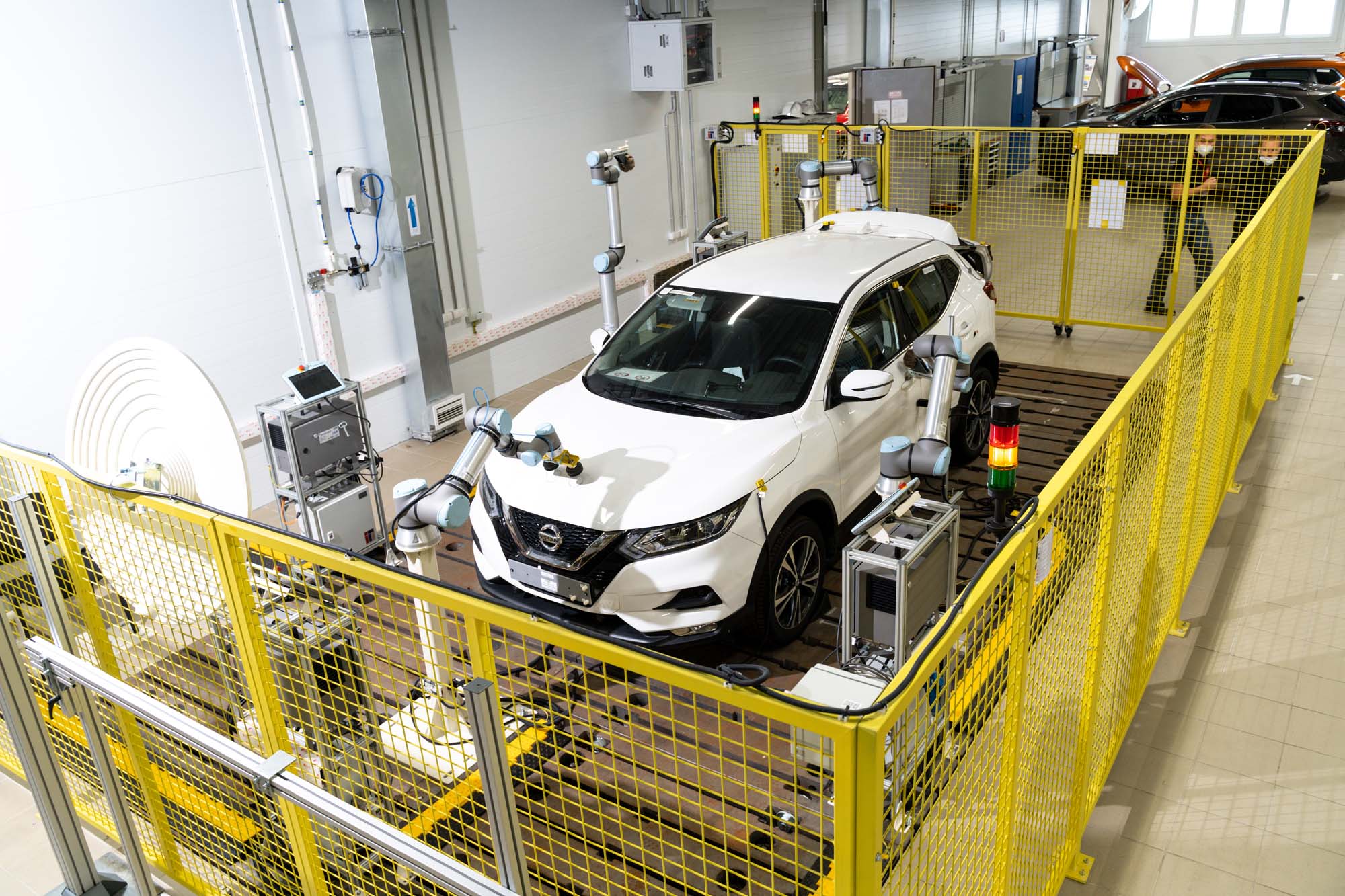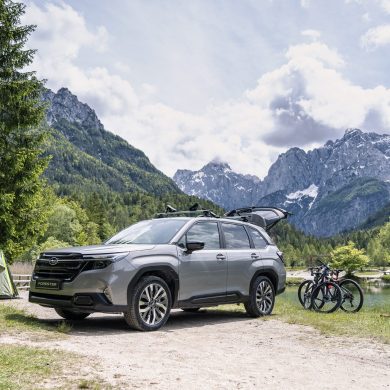The Russian branch of Nissan Technical Centre Europe (Nissan Technical Centre Europe Russia-NTCE-R) is celebrating 10 years of engineering excellence in the region.
As Nissan's operational Research & Development (R&D) arm in the Russian market, NTCE-R's mission is to develop vehicles for Russia in accordance with local legislation and the requirements of the country's customers.
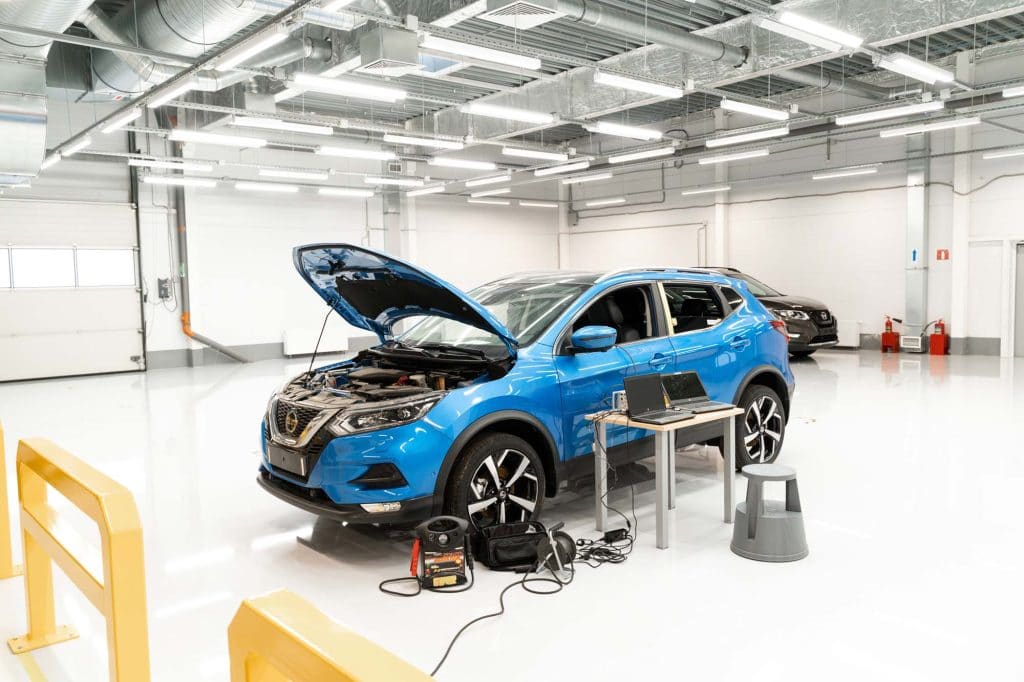
Launched in 2011, NTCE-R was installed on the site of Nissan's vehicle manufacturing plant in St. Petersburg and moved to a dedicated facility in 2018. Over the years, Nissan's R&D hub has played an important role in the company's long-term plans to increase vehicle production in Russia.
Over the past decade, NTCE-R has significantly expanded its expertise and now employs more than 100 engineers, compared to just nine when it started in 2011. With a 10-fold increase in its workforce, NTCE-R has been involved in supporting model launches in Russia, taking responsibility for the development of new versions of existing models, as well as the full development of new Nissan vehicles.
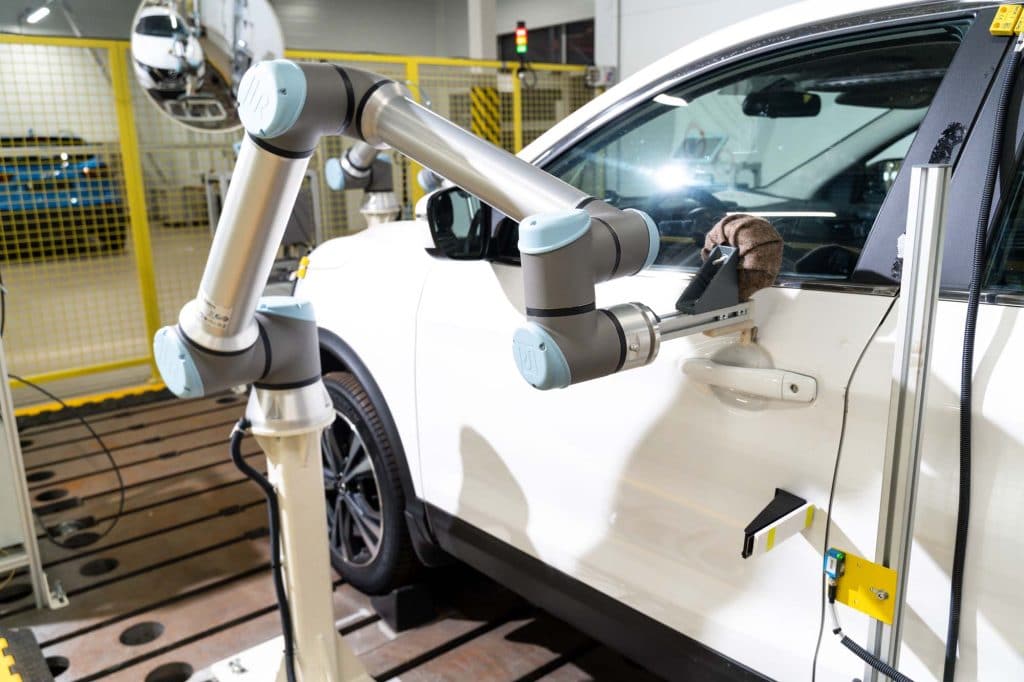
For example, the NTCE-R team led the development of the 2019 Nissan X-Trail and Qashqai refreshes for the Russian market in line with the needs of local buyers, and is now working on adapting the new Nissan Pathfinder for Russian roads.
At the same time, the team has been instrumental in the implementation of ERA-GLONAS in all Nissan vehicles in Russia, an automated emergency response system that ensures rapid assistance to drivers in the event of a collision. NTCE-R engineers also contributed to the development and integration of the advanced Yandex.Avto automatic navigation system in the Nissan X-Trail and Nissan Qashqai crossovers.
Matthew Ewing, VP Vehicle Design & Engineering, Nissan Africa, Middle East, India, Europe and Oceania (AMIEO) said: "In R&D, our goal is to develop and deliver vehicles that delight and delight our customers. By having a dedicated team of engineers in Russia, this allows us to fully understand the Russian market and our customers' expectations and develop vehicles that truly meet those needs."
About NTCE-R
NTCE-R has, to date, completed more than 10 projects for vehicles destined for the domestic market, and continues to work on several projects for future models. NTCE-R has state-of-the-art testing facilities, including a multifunctional robotic "workbench" and a climate chamber.
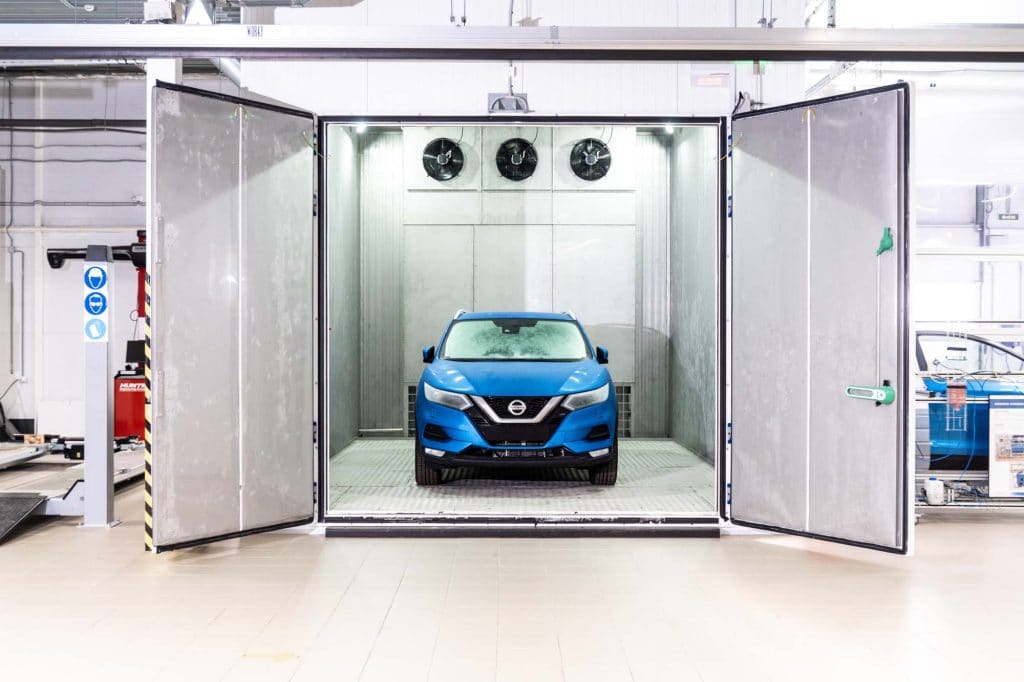
As part of the multifunctional robotic workbench, the robots installed in the NTCE-R control the functionality of all mechanical parts in Nissan vehicles. This is achieved by opening doors, bonnets and trunks tens of thousands of times in the testing phase of a model. The robots maintain a certain percentage in the opening and closing, simulating the use of the vehicle by a real person. This is necessary to ensure that new vehicles will serve their owners smoothly for many years to come.
In the 96sqm climate chamber, the vehicles are tested for thermal distortion and operational performance. It is important for engineers to check that all mechanical parts are working properly, in all weather conditions, from the cold north to the hot south. Inside the chamber, the temperature can range from -50°C to +100°C and the relative humidity can reach 95%. The most popular test is a thermal cycle, which first freezes the vehicle at -40°C and then warms it up to +80° over weeks of testing.


